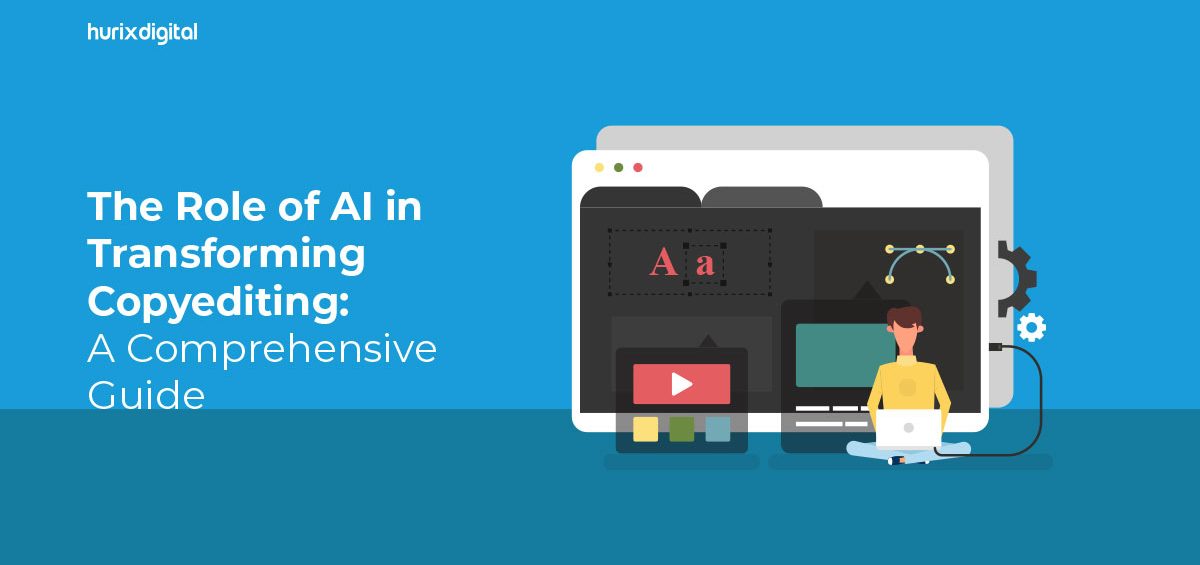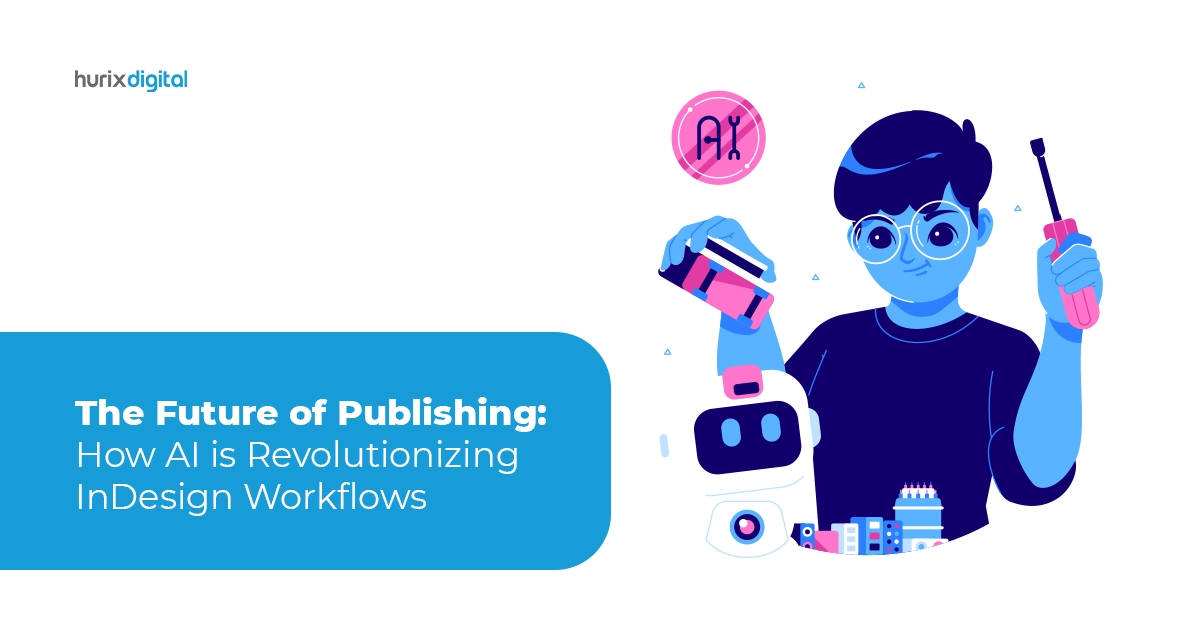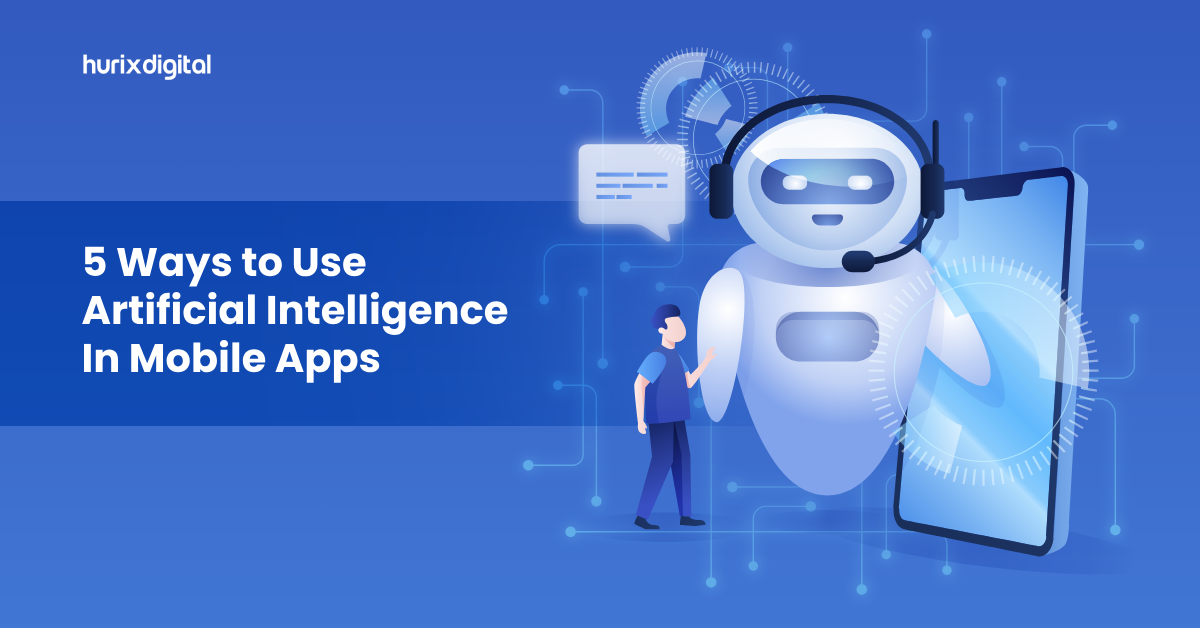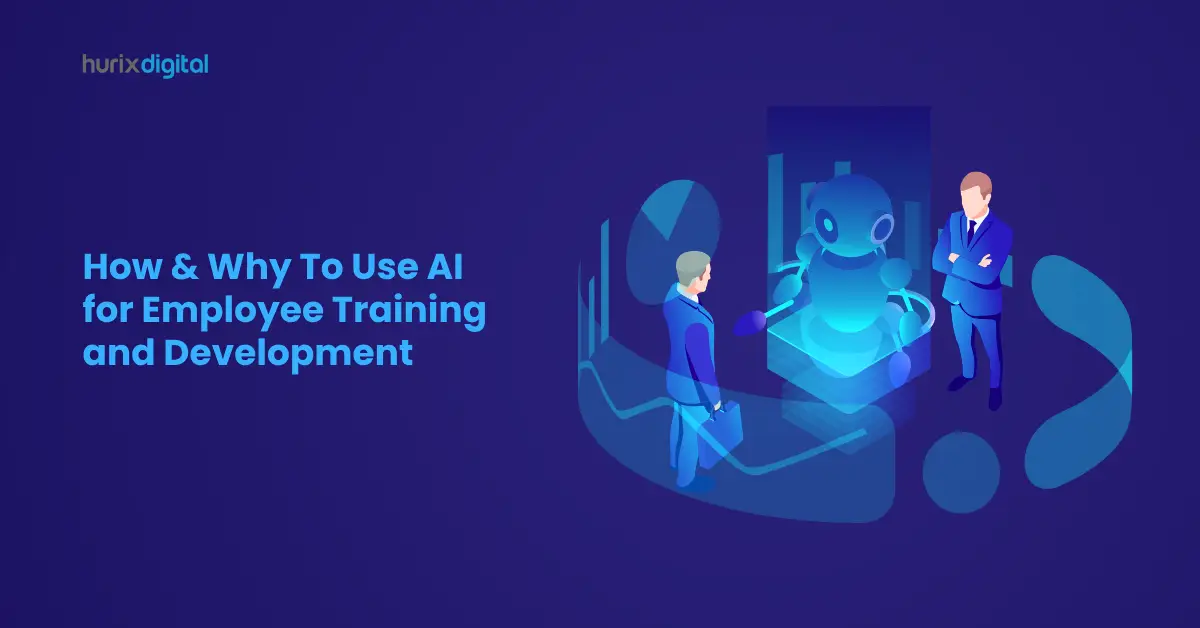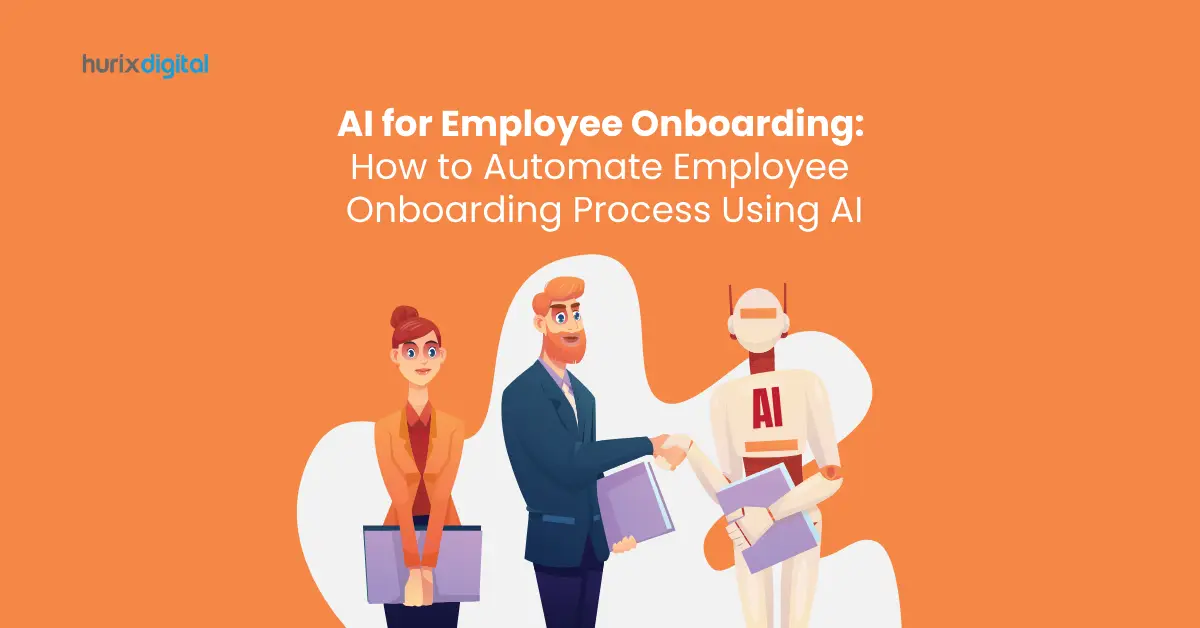Summary
This guide is a complete overview of the role of AI in copyediting. It includes the definition of Copyediting, the true power of AI in Copyediting, and the best time to start using AI copyediting services.
Artificial intelligence has revolutionized the world of copyediting and publishing substantially. Numerous new AI tools are in the market now, making copyediting quicker, smarter, and more systematic.
AI in copyediting is now offering transformative capabilities like never before. All tasks related to grammar check, spelling, punctuation, plagiarism detection, proofreading, etc., can be done with heightened accuracy and expertise through AI copyediting services.
If you are in the publishing industry, hoping to utilize AI-powered copyediting tools, now is the best time to start. As you read this, AI language models like ChatGPT are already taking the world by storm. The global AI market is expected to reach $1394.30 billion by 2029.
Although it was released in the latter half of the previous year, it hit 100 million active users by January 2023. With its ability to produce a large volume of quality content in seconds, the traditional parameters of writing and copyediting are altering.
Consequently, there is an urgent need for human copywriters’ roles to evolve parallelly. To actively take part in copyediting transformation with AI and leverage its power efficiently, you need to understand it properly.
To help you with the same, we have curated a comprehensive guide starting from the basics. This will help you make informed decisions about the role of artificial intelligence and copyediting.
Table of Contents:
What is Copyediting?
Copyediting is the simple process of enhancing the accuracy of written content by correcting its grammar, spelling and punctuation, syntax, sentence structure, and other mistakes. The aim is to make the content more articulate and consistent.
Another important step of copyediting includes doing a plagiarism check and cross-referencing all the information mentioned in the write-up. Sometimes there can be unintentional plagiarism which must be rectified to enhance its correctness and quality.
Also Read: AI-Powered Copyediting: Redefining the Editor’s Role
The True Power of AI in Copyediting
How much time do you think a copyeditor spends on editing a piece of 1000 words? It takes approximately 35 minutes for an experienced copyeditor and proofreader to edit it efficiently.
How much time do you think AI takes for copyediting a content piece of 1000 words? Just a few minutes. Yes, you read it right. It merely takes AI tools a few minutes to copyedit a content piece of either 1000 words or 10,000 words. As a result, copyediting is the most common use of AI tools and technology.
However, there also exists a danger of automated copyediting and AI-powered proofreading. Over-reliance on automation tools discourages copyeditors and proofreaders to thinks critically and creatively. Additionally, AI tools are not humans. They just mimic humans.
They sometimes fail to deliver content with the same contextual understanding as a human. Therefore, relying only on AI for copyediting can create a false sense of security which can be extremely detrimental in the long run.
To mitigate these dangers, it is important to strike the right balance between AI-powered copyediting and human copyediting. This will allow the right amalgamation of expertise from both ends resulting in better clarity, quality, and integrity of the content.
Also Read: How Automated Typesetting Raises Publishing Efficiency & Quality
AI Copyediting Services
Now that the importance of balance between AI copyediting and human copyediting has been established let us jump into the features of AI copyediting services.
1. Grammar, Spelling, and Punctuation
AI uses sophisticated algorithms to detect and highlight grammar and spelling mistakes in a content piece. It can then offer corrections to rectify them, saving you from the effort of manually proofreading and copyediting it.
Punctuation is another minor element that is often missed. A lack of punctuation can sometimes change the effect and context of the sentence. By flagging grammar, spelling, and punctuation-related inconsistencies, artificial intelligence can greatly enhance the quality of the content.
2. Language Enhancement
AI tools and technologies are trained on an immense number of texts, data, and vocabulary. Subsequently, it can suggest numerous alternative words and phrases for a content piece to improve its readability.
While suggesting new phrases, it automatically avoids repetitions to keep the content consistent and appropriate.
3. Style and Tone
AI can analyze the style and tone of a content piece by comparing it against previously fed style guides and reference material. You can also give instructions to the AI tool, and it will make modifications accordingly.
For instance, if you want to change the tone of a piece from casual to formal to reach the appropriate audience, you can command AI to do it. Additionally, AI can also make genre-specific changes. It can edit academic articles in a polite and formal tone, whereas newspaper articles in a conversational tone.
It is important to keep in mind that AI will only suggest these changes and edits. You have the final decision-making authority, and you can choose or choose not to incorporate them.
4. Fact-Checking and Reference Verification
A well-researched article contains information and statistical data from a variety of sources. These include new articles, publications, review articles, video content, etc.
A copyeditor is responsible for cross-checking the information and doing robust fact-checking. Inaccurate information can lead to a variety of misinformation problems.
With AI, real-time fact-checking can be done quickly and efficiently. It can not only identify incorrect information but also identify missing information (if any). Additionally, AI can also indulge in plausibility evaluation. It will automatically detect highly misleading and implausible sentences.
5. Plagiarism Check
Intentional or unintentional plagiarism in a piece of content can lead to problems related to intellectual property theft. AI tools and technologies are designed to detect real-time plagiarism and rectify it by suggesting ethical writing practices.
AI can also identify the source to help you analyze the plagiarised material closely. You can then compare both the content pieces to understand the plagiarism-related problem and fix it. It also makes it easier to correctly cite the relevant information and give the writer the due credit.
Conclusion
Whether you like it or not, artificial intelligence and copyediting are a powerful duo. The functionalities of artificial intelligence are sophisticated to mimic human copyeditors partially. However, AI has been known to display irregular inconsistencies and errors.
Therefore, AI can offer valuable support, but it cannot completely replace humans. As a copyeditor, you must strive to work hand-in-hand with AI to achieve the best results.
If you need help achieving excellence in this partnership, you can reach out to us at Hurix Digital. We are a digital content solution that trusted customers all over the globe, like Ikea, Cambridge University Press, Deloitte, FedEx Express, etc. You can be our next customer.
Contact our expert team now and get started. Hope to see you soon.


